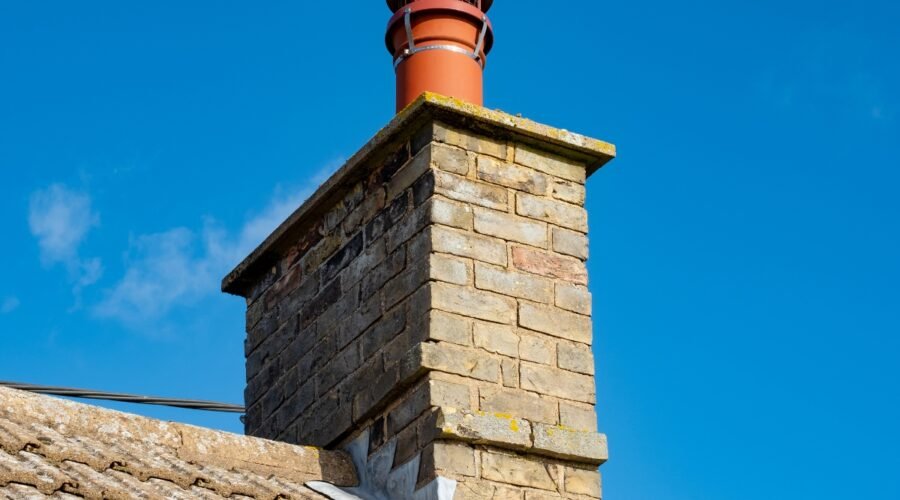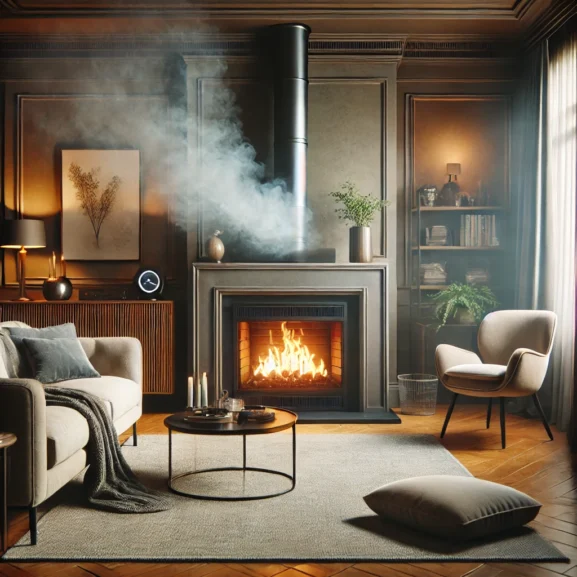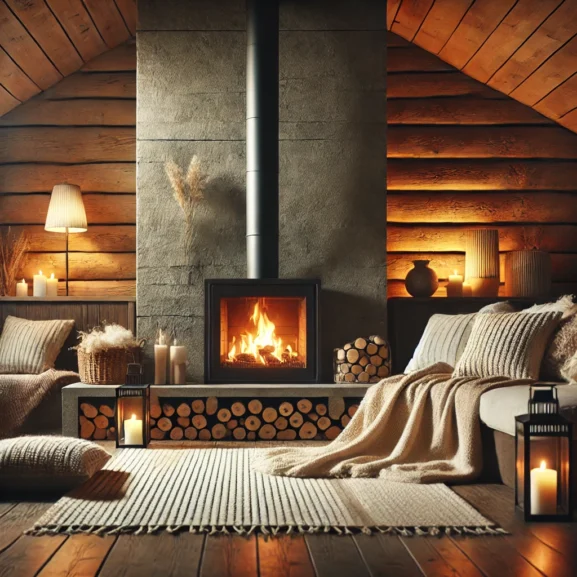Blocked Air Intakes: How They Reduce Fireplace Efficiency and Increase Costs
Many of us enjoy the warmth of a well-lit fireplace. But what happens when it isn’t working well? One common issue is blocked air intake. These blocks can significantly reduce the fire’s efficiency. This can lead to higher energy costs and less heat. As true fireplace lovers, we know that good draft control is key. It helps our fireplaces work the way they should.
In this text, we will learn how blocked air intakes can affect the efficiency of our fireplaces and discuss how to prevent these problems. By recognizing the signs of blockage, we can take action. Also, knowing a few simple maintenance tips will help us keep our fireplaces working well all season. We’ve come a long way, so let’s get into the details to maintain our fireplace’s functionality.
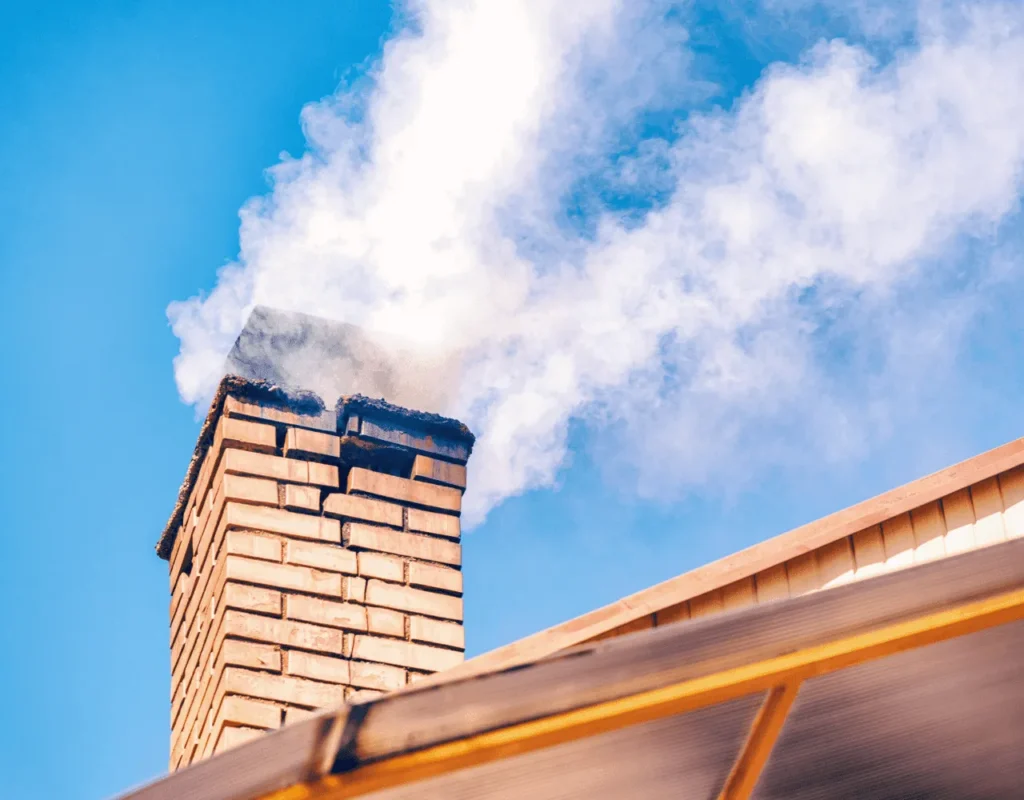
Fireplace Efficiency 101: The Role of Proper Air Intake
Everyone seems to underestimate the importance of the air intake of a fireplace. When air intake is restricted, warmth is trapped outside, and efficiency decreases. Forces that get in the way can lower productivity. Imagine you are in a race. Now, picture your shoelaces tied together. You wouldn’t be able to run well.
Why Proper Airflow Matters:
- Efficient Burning: Unobstructed airflow ensures all logs burn completely. Less air means more smoke and ash.
- Energy Loss Prevention: If your fireplace doesn’t get enough air, it will use more energy, leading to higher energy costs and a struggle to produce heat efficiently.
- Safety Concerns: Poor airflow can lead to carbon monoxide buildup. Better safe than sorry!
If you live in areas where winters are snowy, you need to understand that chimney maintenance is very important. Scheduling routine air intake maintenance averts huge expenses and ensures warm firesides.
- Schedule Inspections: Annual checks catch issues before they escalate. Reach out to experts for a consultation and keep your warm ambiance intact.
- Professional Cleaning: Clears obstructed air intakes thoroughly. Keeps airflow optimal without DIY disasters!
The Importance of Fireplace Efficiency
Fireplaces give warmth and comfort but work best when efficient. Efficiency impacts energy bills and heat output.
Benefits of Optimal Efficiency
Optimization of efficiency has many benefits. First, it reduces heating expenses by providing the utmost energy utilization. Second, it increases heating efficiency and warms up the rooms. Third, it lessens emissions that are bad for the health of the people living in the homes.
- Cost Savings: A well-maintained fireplace means fewer dollars spent on fuel.
- Enhanced Comfort: More heat output ensures a warmer home environment.
- Environmental Impact: Less smoke and pollutants released into the air.
Consider scheduling regular maintenance for peak performance. For professional assistance, reach out to experts for a consultation or visit the Chimney Safety Institute of America.
Common Efficiency Problems
Many things can cause a loss of efficiency. Restricted airflow and blocked ducts are mainly to blame for restricted airflow or choked chimneys. Such problems decrease fireplace efficiency and energy bills.
- Fireplace Performance Issues: Blockages decrease heat output.
- Lack of Combustion Air: Insufficient air leads to inefficient fuel burning.
- Airflow for Efficient Burning: Proper airflow is vital for optimal fireplace function.
Winter weather adds challenges. Snow can block chimneys, affecting performance. Professional cleaning avoids these problems. Reach out to experts for a consultation or learn more at the National Fire Protection Association.
How Blocked Air Intakes Occur
Closed air intakes in fireplaces are like a nasty tickle, coming just before a sneeze. However, these masked problems can wreak havoc on a fireplace’s performance. Controlling ventilation is key to keeping our homes warm. It helps fuel burn properly, ensuring our heating systems work efficiently.
Causes of Blockages
Several culprits cause fireplace air intake blockages:
- Debris can build up in the air intake. Leaves, dirt, and even small animals may get inside. This often happens if it’s not cleaned regularly.
In snowy winters, ice can form in chimneys. This ice buildup can block airflow and cause problems.
When combustion isn’t efficient, creosote can build up. These deposits can block airways and make the fireplace less effective.
Engaging qualified professionals helps identify these blockages to ensure seamless air intake maintenance.
Signs of a Blocked Air Intake
Recognizing signs of blocked air intake can prevent reduced fireplace efficiency:
- Weak Flame: Lack of combustion air produces weak or inconsistent flame.
- Smoke Backdraft: Smoky room? This could indicate a blockage causing poor airflow.
- Unusual Odors: Strange smells often signal trapped debris and obstructed air intakes.
These problems can hurt fireplace performance and increase energy loss. It’s best to consult experts for help. They can manage issues on time. Avoid DIY repairs. Our trained professionals can handle any concerns safely.
Effects of Blocked Air Intakes on Efficiency
Blocked air intakes significantly reduce fireplace efficiency. Without proper airflow, fireplaces struggle to heat spaces effectively.
Impact on Heat Output
Blocking air intake can reduce the heat coming from a fireplace. The flames may glow faintly and flicker, like a cat trying to balance on a thin ledge. This happens because restricted airflow reduces combustion. Combustion is the process that creates heat. In any combustion system, having enough air for burning leads to strong flames and high heat. If there isn’t enough combustion air, the room will get cooler. Energy will be lost in the fireplace. In fireplaces battle these restrictions, facing challenges like snow and debris. Therefore, free-standing intakes must remain open for proper heating to be achieved.
Increased Fuel Consumption
Blocked air intakes can mean using more fuel than a bear hibernating through winter. Reduced airflow requires more wood or gas to sustain suitable temperatures. This increases heating costs and puts unnecessary strain on your fireplace. Keeping the air intake clean helps you use fuel more efficiently. This way, you burn less and get more warmth.
We recommend regular maintenance and inspections of the air intake. This helps spot any airflow problems in your chimney. Clearing intake blockages is especially crucial during snowy winters.
Solutions to Improve Air Intake Flow
Enhancing fireplace efficiency requires addressing air intake blockages and improving airflow. Let’s explore effective solutions for better fireplace performance and reduced energy loss. Leave DIY solutions out and schedule professional consultations to ensure safe and efficient operations.
Regular Maintenance and Cleaning
Maintaining clear air intakes keeps fireplaces efficient. Regular maintenance helps prevent blockages.
- Clear Debris: Snow and ice can seriously obstruct air intakes in winters. Clearing them prevents blockages.
- Schedule Cleaning: Creosote deposits limit airflow and reduce efficiency. Annual professional cleaning ensures unobstructed airways.
- Check Venting: Ensure vent paths are clear and functional, preventing performance issues and energy loss.
Professional Inspections
Engaging professionals for inspections guarantee safe fireplace operation and addresses any airflow restrictions.
- Annual Inspections: Regularly inspect for obstructed air intakes and chimney problems. Professionals can spot issues.
- Safety Checks: Beyond efficiency, safety remains crucial. Professionals ensure no carbon monoxide risks linger.
- Challenges: Snowy climates increase risks, making expert assessments vital.
Calling experts can feel like finding a needle in the snow, but it’s worth it for safe burning.
Our readers face unique weather challenges; professional oversight keeps your home warm and secure.
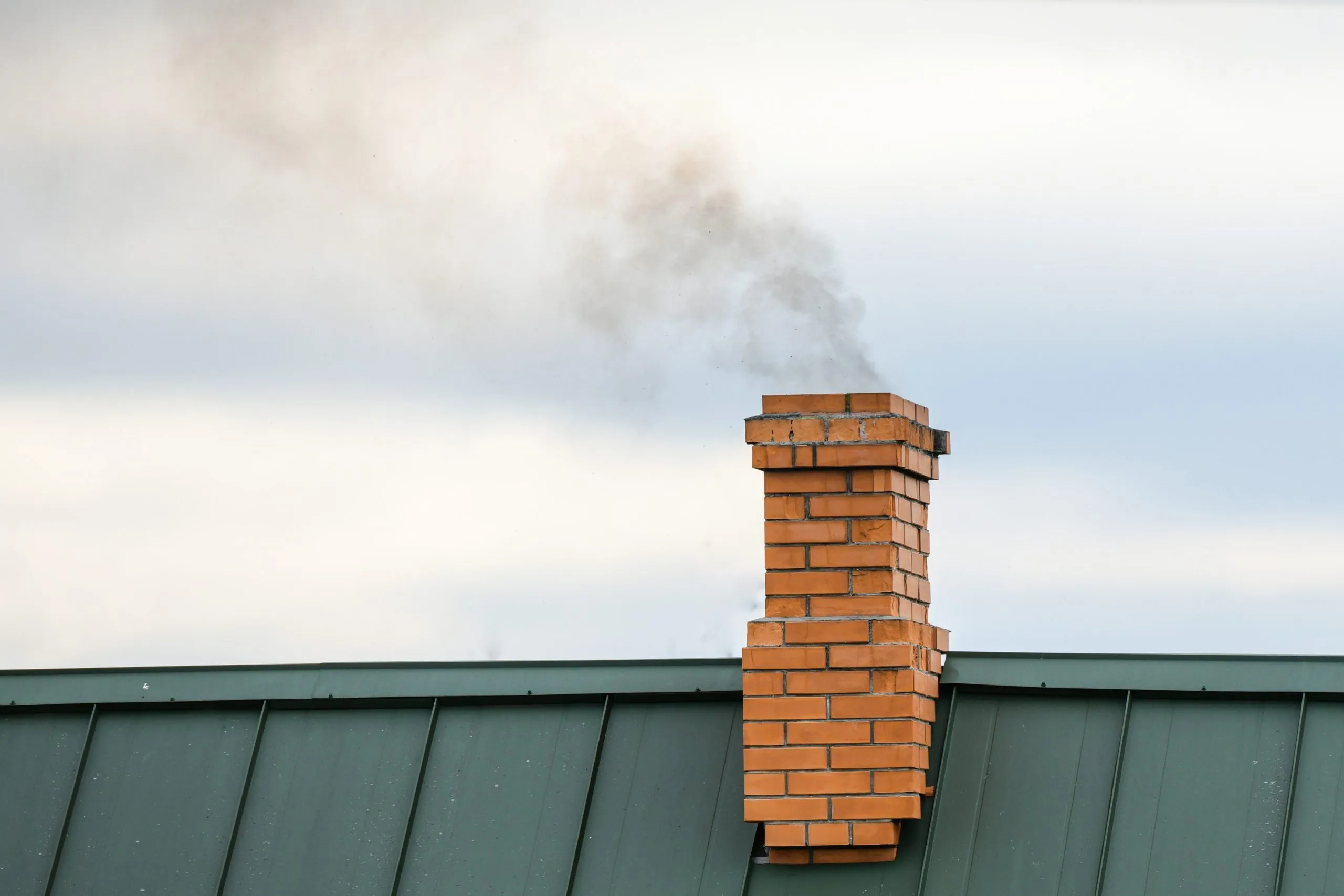
The Importance of Regular Maintenance
Blocked air intakes can cause big problems. They affect how well the fireplace works and the home’s overall safety. We need the right approach to keep our fireplaces safe and efficient all winter. We should schedule regular check-ups. Hiring specialists is also important. Following expert advice helps prevent airflow issues. These steps are important for enjoying the warmth and comfort our fireplaces offer. In winter can be especially tough. These concerns become even more important during the cold months. By taking action, we not only make our homes more comfortable, but we also keep our loved ones safe.
Frequently Asked Questions
What is the importance of maintaining optimal airflow in fireplaces?
Proper chimney drafting is very important. It ensures the right flow of air to the fireplace. It also helps prevent energy waste or fire explosions. You can achieve this with proper ventilation. Good ventilation improves heat production and lowers heating costs. It also reduces emissions. Restricted air intakes hurt efficiency. They increase energy use. They can also create dangerous situations, like carbon monoxide buildup.
How can blocked air intakes affect fireplace performance?
Restricted air entrainment reduces flame strength, and heat-produced tools counter its objectives. This can cause more fuel to be used, which tends to raise heating costs. Blockages can also cause smoke to back up, and you might notice strange smells. These issues can affect performance and compliance.
What causes air intake blockages in fireplaces?
Blockages are often caused by debris, ice, snow, and creosote buildup outside the air intake. These blockages block air flow and affect how the fireplace works. It’s important to clean them regularly. A professional should also check them to make sure everything is working properly.
How often should fireplaces be inspected and cleaned?
Most fireplaces need a check and cleaning at least once a year. Business owners often notice airflow issues before they cause major damage. Catching these problems early helps avoid expensive repairs. Cleanings are especially important in places where harsh winters can cause blockages in your fireplace.
What are some signs of a blocked air intake?
If there is an issue with air intake, you may notice weak flames, smoke blowing back, or unusual smells. These are signs that something is wrong with airflow. This can lead to poor fire efficiency and wasted energy. It’s important to repair and inspect the system to fix these issues.
Why is regular maintenance important for fireplace efficiency?
You need to check your chimney daily. This ensures there are no blockages in the airway. A clear airway keeps the device working efficiently. It helps save energy by improving heating performance. It also reduces the amount of pollutants released. This is especially important in areas that deal with heavy snow in winter. Snow can block chimneys and cause issues.
How can I ensure my fireplace operates safely?
Follow these tips to avoid problems with unsafe fireplace use. Have a professional check and clean your fireplace at least once a year. This service clears obstructions, removes creosote buildup, and inspects the venting channels. It’s a good idea to consult with professionals. You should also follow the guidelines from the Chimney Safety Institute of America.
What are some effective solutions for improving air intake flow?
To prevent creosote buildup, regularly clean and remove debris from the venting system. This helps avoid the need for professional cleaning. Although these cases are rare, it’s still important to check the venting paths often. You should also schedule professional inspections to avoid any issues with airflow restrictions.
